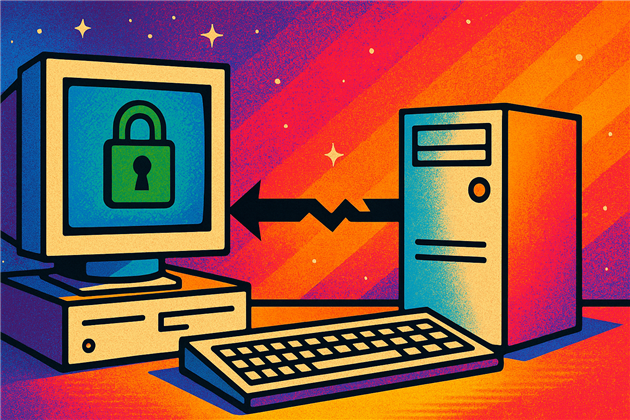Air Gap
The latest revelations about how thoroughly the NSA, GCHQ and friends have corrupted Internet security have got Bruce Schneier recommending an air gap.
Back in the late 90's I played a small role in the fight against the UK government's trusted third party / mandatory key escrow scheme on behalf of Ç-Dilla, at around the same time as the Clinton administration was pushing the Clipper Chip. It seemed that the fight was won, but apparently after being told no the spy agencies went and found a way to do it anyway.
The starting point is terrorists, because there is nothing that can't be justified by the war on terror. But all that data just wants to be used so it gets shared with the DEA, and then the IRS. And then LOVEINT. The implications for civil liberties and the economy aren't great but they're probably not the worst fallout.
The ending point is probably terrorists as well. Because by opening up back doors and sneaking weaknesses into the algorithms that we depend on for security we've opened up holes for the bad guys to exploit. Bad enough that your local nuclear power station is hooked up to the Internet but now we know the VPN and the Firewall that should be keeping it safe have been fatally compromised.
If we really wanted to save the most possible lives then the billions being sunk into the NSA would be better spent developing self-driving cars.
Related Posts
- Securing the Internet of Things
- Routers to defend against rogue IoT devices
- Overvalidation
- More on breaking the Internet
- The Trust Project, Fake News and a Partial Facebook Uninstall
(Published to the Fediverse as: Air Gap #politics #nsa #encryption The NSA and GCHQ have corrupted internet security - should they be working on self driving cars instead? )

Add Comment
All comments are moderated. Your email address is used to display a Gravatar and optionally for notification of new comments and to sign up for the newsletter.